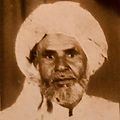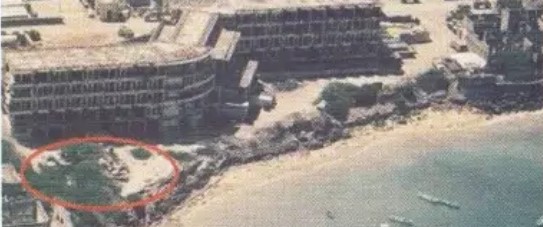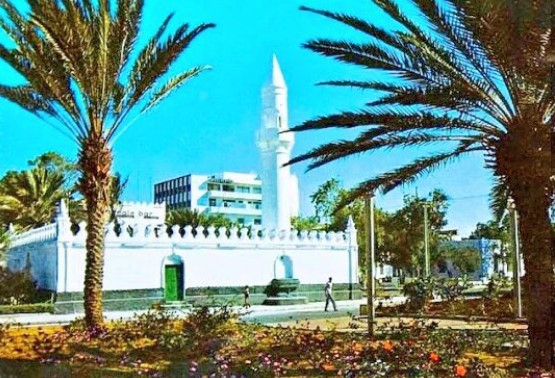The removal of ancient ceramic plates from the mihraab of the Al Jaama’a mosque in the Hamarweyne district in Mogadishu.

In November 2021, all the ceramic plates that adorned the upper part of the mihraab of the Al Jaama’a mosque were removed. It is truly incredible how the Al Jaama’a mosque in the Hamarweyne district of Mogadishu – under the pretext of renovations – is continuously attacked, modified, stripped of its decorations by individuals without any authorization from government institutions responsible of the conservation and restoration of historic and historical heritage. In Mogadishu, the absence of an authoritative institution, left the country exposed to destruction and looting: the city’s architectural and town planning heritage was gradually obliterated and the dismantling process unfortunately it is not over yet. I would first like briefly to make something clear. Cultural heritage is the legacy of a community and a source of identity and dignity. It guarantees the preservation of the historical memory of a country or an entire civilization because it is what men have, piece by piece, built and developed over time. Behind of any ancient construction, of a domestic building, of a mosque, of a decoration on the doors or on a mihrabs of scientific interest, there is the story of an era, of a talent, of a tradition and a way of conceiving life. A country’s cultural heritage must be strictly protected by government institutions and private citizens should never, ever dream of getting their hands on a historical heritage without any government authorizations. The ancient ceramic plates in the mosques and tombs of East Africa have a great importance for history. These plates help scholars to reconstruct the history of East Africa international trade contacts with very distant countries and often serve to date or confirm the construction date of buildings. But, nowadays scholars give great importance to the role of glanced ceramics not only as chronological markers, but also as useful tools to better understand the politics and social customs of the East African Coast communities.
As the scholar Sandy Prita Meier pointed out in her work Chinese Porcelain and Muslim Port Cities: Mercantile Materiality in Coastal East Africa (Association of Art Historians, 2015, p. 709) “Chinese and Middle Eastern porcelain was the most desirable souvenir not only because of its great value in the European antiques market but also because it was difficult to obtain. One could not buy porcelain in stores or markets, but instead had to find middlemen with connections to locals willing to sell it or to people willing to desecrate graves. In fact, European demand caused a looting frenzy and today few tombs or mosques still have their original porcelain ornamentation. A nineteenth century observer derisively noted that Europeans did so ‘under the pretext that if they do not the degenerate descendants of the Oriental settlers will”.
We hope that government institutions must find out those responsible for this very serious episode of Al Jaama’a mosque and recover the dishes that could have enormous historical and economic value even if they have not yet been the subject of detailed study.
Written By Nuredin Hagi Scekei









